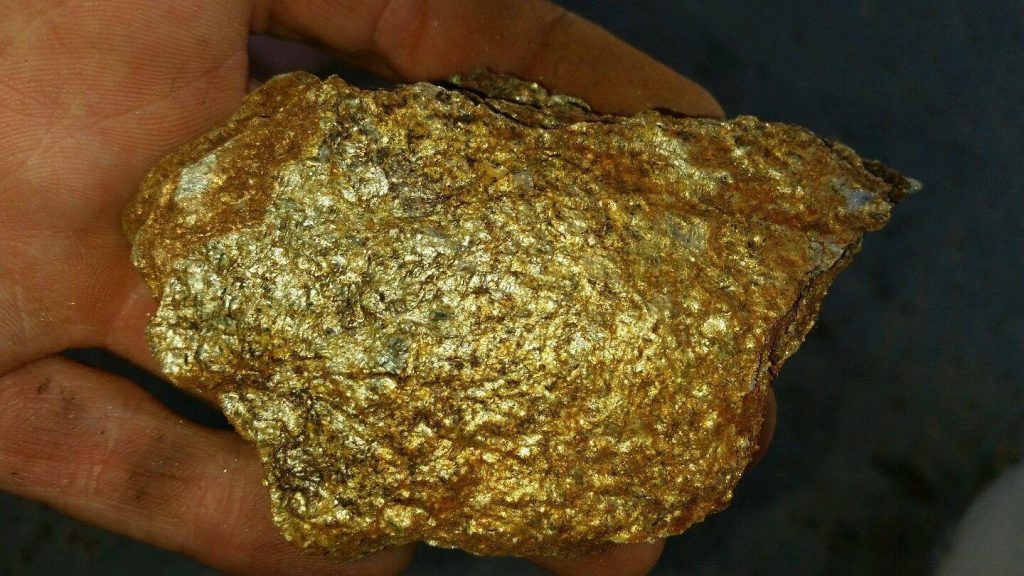Oxidized Gold Ore Offers Exceptional Opportunities for Valuable Extraction
Oxidized gold ore represents a significant and often underappreciated opportunity in the realm of precious metal extraction. These ores, typically formed through the natural weathering and oxidation of primary sulfide deposits, are found in the upper zones of gold-bearing mineral systems. Unlike refractory ores, which require complex and expensive processing methods such as pressure oxidation or bioleaching, oxidized gold ores are relatively easy to treat using conventional extraction techniques like heap leaching or carbon-in-pulp CIP. This accessibility makes them especially attractive to both junior and large-scale mining operations seeking to optimize recovery and reduce costs. One of the primary advantages of oxidized gold ore is the high recovery rate it allows for with low-cost extraction methods. The oxidation process naturally breaks down sulfide minerals, liberating the gold particles and allowing for more efficient leaching with cyanide solutions. In many cases, these ores contain fine-grained or disseminated gold that would otherwise be locked within the matrix of oxidized sulfides. The natural alteration of the ore therefore simplifies the metallurgy, which significantly improves processing economics.

Additionally, the environmental footprint of processing oxidized gold ore is typically smaller compared to refractory ore, which requires intense energy input and produces more hazardous waste products. From a geological standpoint, oxidized gold ores are also advantageous due to their predictable formation environments and surface accessibility. They are frequently discovered in weathered zones or lateritic profiles in arid to semi-arid climates, where prolonged exposure to oxygen and water has led to chemical transformations. These deposits often form cap rocks or gossans that serve as valuable surface indicators for deeper mineralization. As such, they not only provide immediate feedstock for gold production but also act as geological guides for the exploration of richer, underlying sulfide zones. Moreover, the economics of mining oxidized gold ore are enhanced by its compatibility with scalable extraction methods.
Heap leaching, in particular, allows for the processing of large volumes of low-grade ore with minimal infrastructure. This method involves stacking crushed ore on impermeable pads and irrigating it with leaching solutions to extract gold over time. The capital expenditure required for heap leaching operations is significantly lower than for more complex processing facilities, making oxidized ore an appealing option for early-stage or remote mining projects. In conclusion, JXSC oxidized gold ore presents a compelling opportunity for valuable extraction due to its favorable metallurgy, cost-effective processing, and geological accessibility. With increasing global demand for gold and rising operational costs in deeper, more complex deposits, the strategic exploitation of oxidized gold zones offers a practical and profitable path forward. As technology continues to improve and exploration uncovers new oxidized zones, these ores are poised to play an increasingly important role in sustainable and efficient gold production across the globe.
